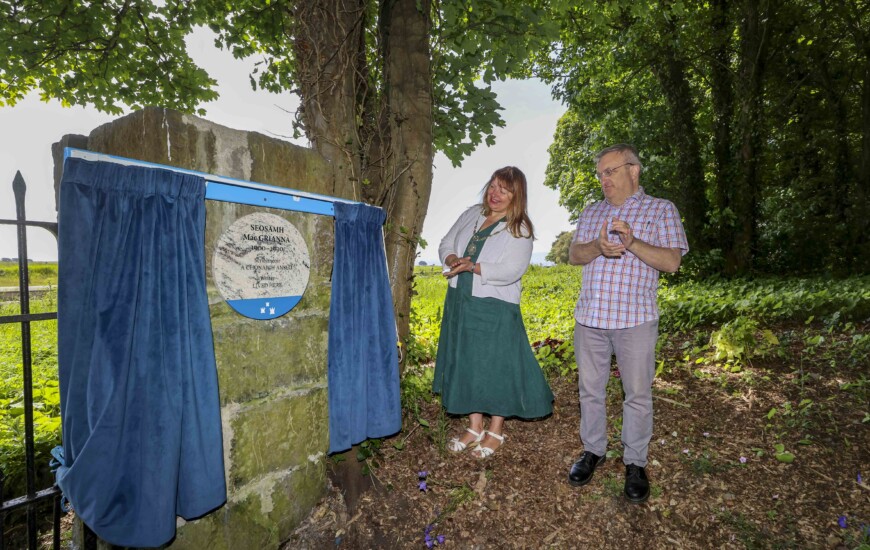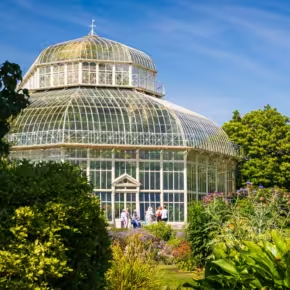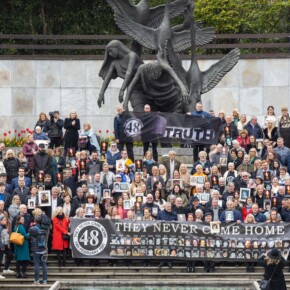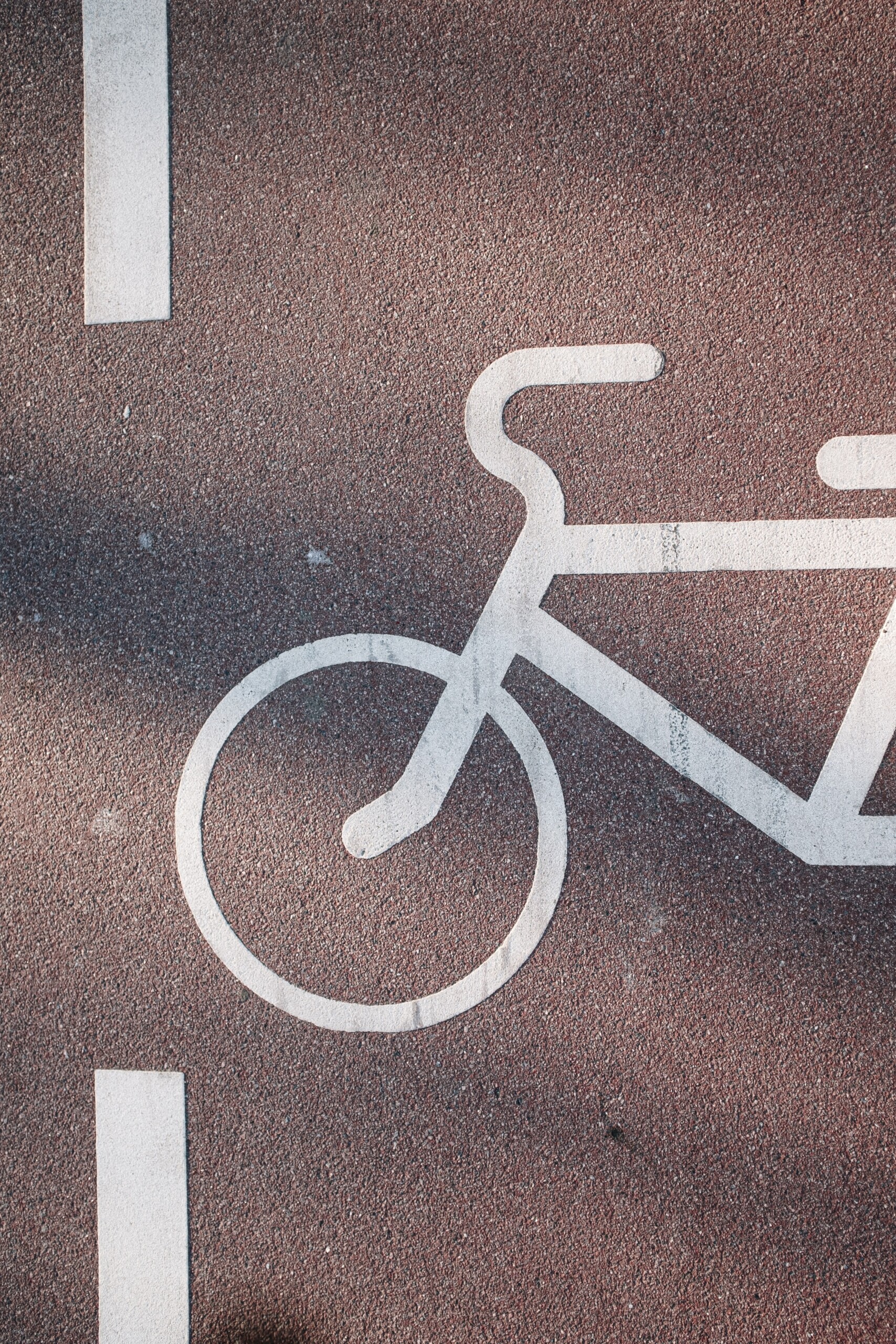Seosamh Mac Grianna honoured with plaque at St Anne’s Park
Gary Ibbotson 07 Jun 2023
Irish language writer Seosamh Mac Grianna was honoured last week with a commemorative plaque that was placed at the site of his home in St Anne’s Park.
Born in Donegal in 1901, Mac Grianna came from a family of storytellers, with his brother Séamus Ó Grianna also becoming an Irish-language author.
Trained as a national schoolteacher in St Pat’s, Drumcondra, Mac Grianna was a staunch republican, took the anti-treaty side in the Civil War, and was interned in Newbridge camp.
In 1924 he began writing as Gaeilge and during 1924 and 1925 he contributed many of his early short stories, including ‘Teampall Chonchubhair’, ‘Teacht Cheallaigh Mhóir’, and ‘Leas ná Aimhleas’, to the newly founded An tUltach.
These later formed the basis of his first book, ‘Dochartach Dhuibhlionna & sgéalta eile’ (1925).
He also contributed numerous articles to a range of publications, including the Irish Press.
Although his active literary career only lasted around 11 years, he made a significant contribution to the development of literature in the Irish language, publishing 10 original works, translating 12 books into Irish, and also publishing a substantial number of reviews and letters.
Some of his stand out works include: An Grádh agus an Ghruaim (1929), An Druma Mór (1935/1969), Mo Bhealach Féin (1940), and Dá mBíodh Ruball ar an Éan (1940).
After 1935, Mac Grianna stopped writing and was quoted saying, “thráigh an tobar” – the well dried up.
Around this time, he also began suffering from a psychiatric illness which afflicted him for the rest of his life.
Mac Grianna lived in Dublin through the 40s and 50s, moving various times.
In the early 1950s, he settled in a house on the coast road, in St. Anne’s Park, near Watermill Road.
The commemorative plaque is erected on one of the remaining gate pillars of the house.
Speaking at the unveiling Cllr Donna Cooney, representing the Lord Mayor, congratulated the local Ciorcal Comhrá Raheny group who proposed that the plaque be erected.
“Comhgairdeas to the members of the Irish language group in Raheny who have ensured that someone who lived in our area and who contributed to the culture and artistic life of our city will not be forgotten,” she said.
The decision to erect the plaque was made by the Dublin City Council Commemorations & Naming Committee, whose chair, Councillor Micheál Mac Donncha, said: “The Commemorative Plaques Scheme allows the City to formally commemorate people who have made a significant contribution to the life of Dublin.
“We welcome suggestions from the public for people and events to be commemorated, and full details are on the Council website.”











